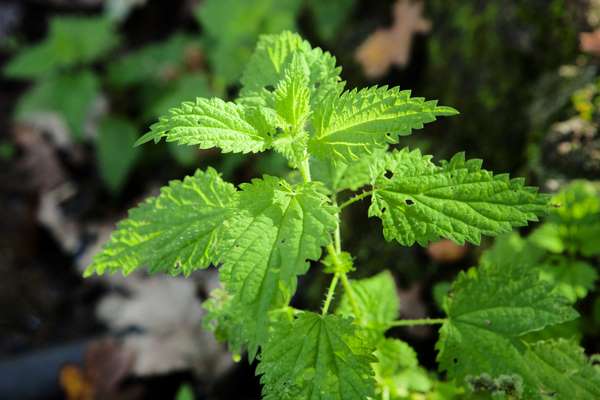Venom delivery systems are not exclusive to animals—many other organisms, including plants, fungi, protists, bacteria, and viruses, have evolved toxin-based strategies for survival.

A review published in Toxins highlights diverse venom mechanisms across non-animal groups. Traditionally, venom was considered an animal trait, but research shows independent evolution of similar systems in multiple lineages. These mechanisms serve functions in defense, predation, and competition, demonstrating a remarkable convergence across the tree of life.
Plants deploy venom-like strategies through stinging trichomes, toxic secretions, and symbiotic relationships. Urtica dioica (stinging nettle) releases irritant toxins through specialized hairs, while Viscum album (white mistletoe) injects enzymes into host plants via haustoria, altering their physiology. Some species, like Dieffenbachia, produce needle-like oxalate crystals that embed in mucous membranes, causing toxicity.
Fungi also possess toxin-injection systems. Pathogenic fungi form appressoria, structures that penetrate plant cells, while predatory fungi like Nematoctonus use adhesive hyphae and toxins to immobilize and kill nematodes. Similarly, protists such as Coleps deploy toxic extrusomes to inject venom into prey, and Polykrikos utilizes nematocyst-like organelles resembling jellyfish stinging cells.
Bacteria and viruses have evolved highly specialized venomous systems. Bacteria use the Type VI Secretion System (T6SS) to inject toxins into competitors or host cells. Some bacteriophages employ needle-like structures to enter cells, mimicking venom injection mechanisms seen in animals.
The widespread presence of venom-like mechanisms in diverse organisms highlights their ecological significance. Further research could lead to advancements in medicine, biotechnology, and our understanding of evolutionary adaptations across life forms.






